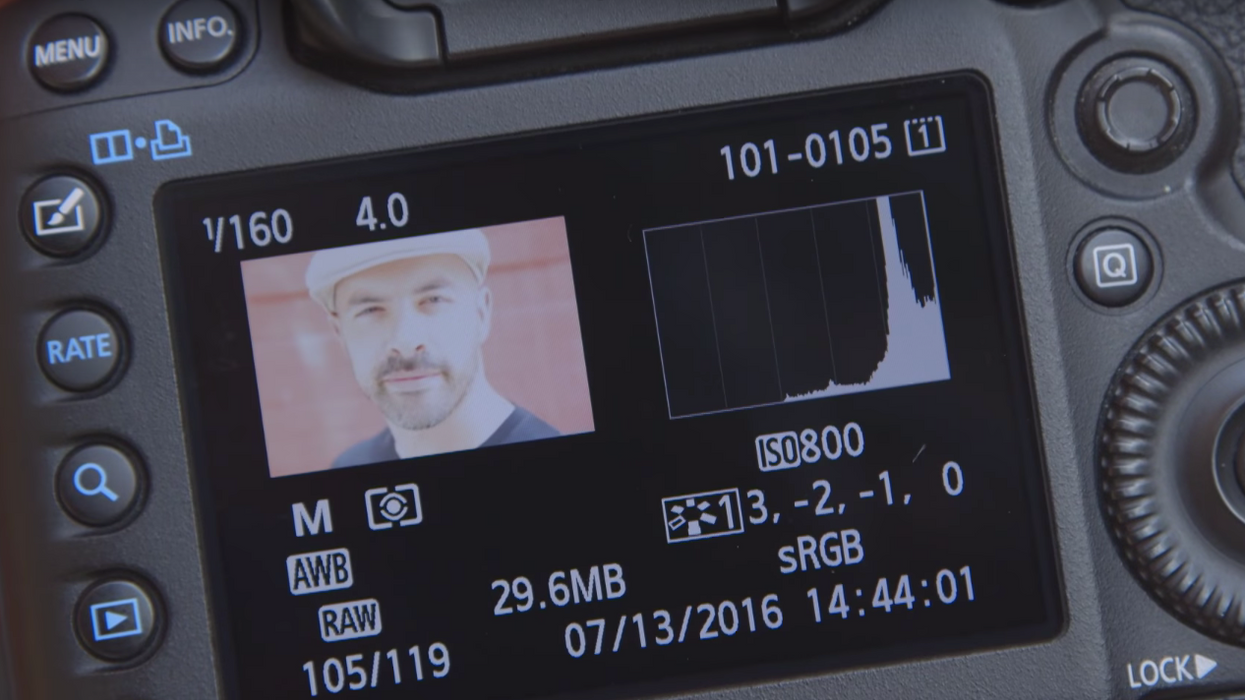Learn the Basics of Using Histograms in This 2-Minute Video
Histograms can be extremely helpful tools for exposing images—if you know how to use them.

If you're a new filmmaker, chances are you're not completely familiar with all of your camera's great features. But one you'll definitely want to familiarize yourself with is the histogram, which reads the tonal values of an image, from shadows on the left to the highlights on the right. To help you better understand what a histogram is and how you can use it to get more accurate information of your images, here's a short video from David Bergman of Adorama that explains it all:
Though you can get a decent exposure by using your camera's display alone, histograms offer much more accurate data about the tones in your images. This allows you to use that data to make more educated decisions about exposing your image (or under/overexposing it, depending on the look you want) rather than relying on a display that is 1.) usually super small, 2.) usually inaccurate, and 3.) sometimes difficult to read in the sun.
However, keep in mind that histograms are designed to tell you if any part of your image has any loss of detail, known as clipping, so the information that they provide is sometimes not enough to really judge exposure. But using one definitely gives you a clearer idea of what kind of images you're capturing, which is why you should get familiar with how they work.
Source: Adorama













